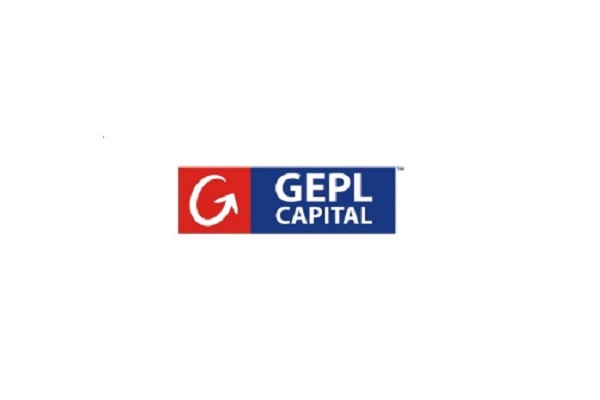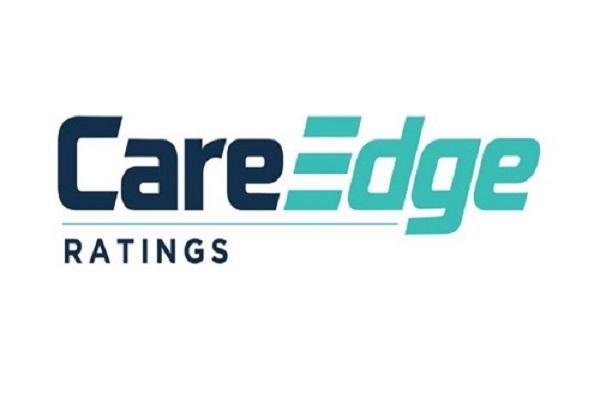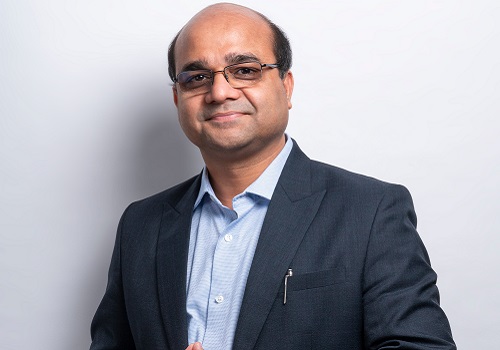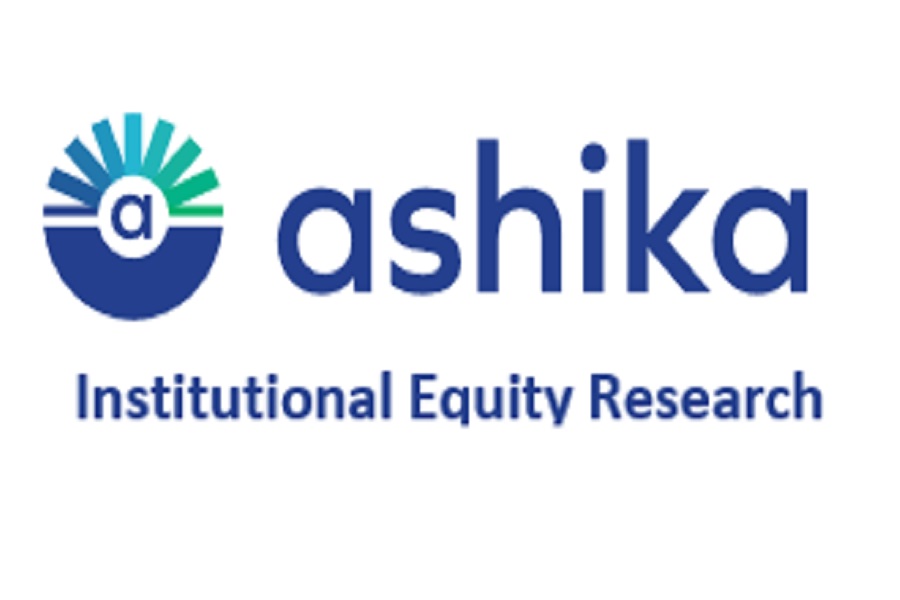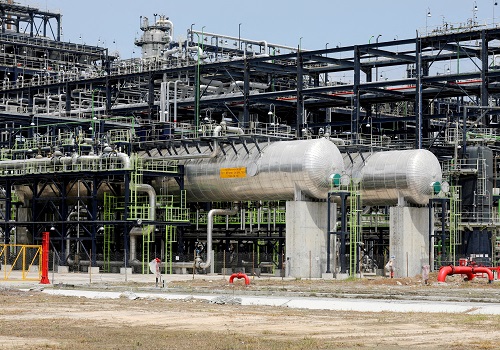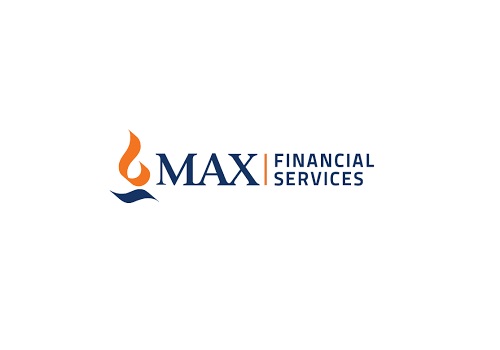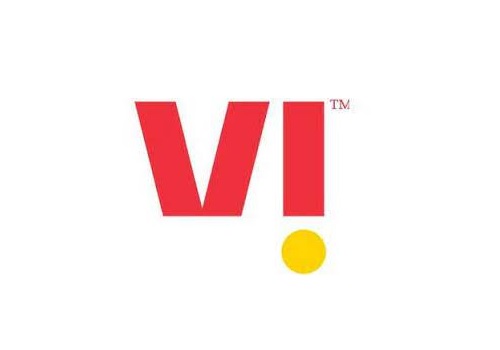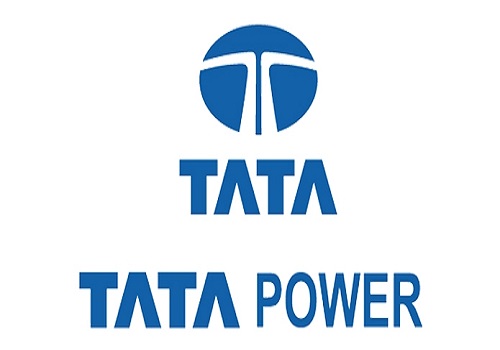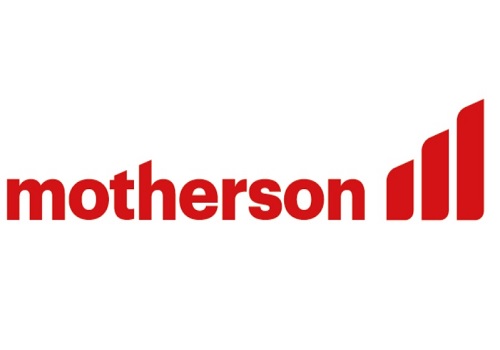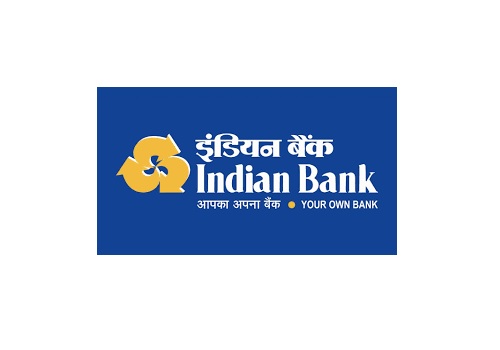Buy Bank of Baroda Ltd For Target Rs. 290 By Motilal Oswal Financial Services Ltd
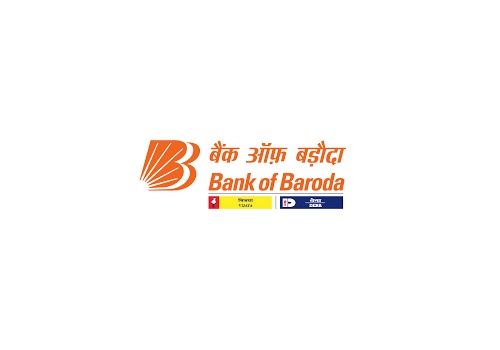
Asset quality steady; remain watchful on the pace of deposit mobilization
Earnings to clock modest ~10% CAGR; RoA steady at 1.1%
* Bank of Baroda (BOB) posted ~17% CAGR in loan growth over FY22-FY24 as it deployed excess liquidity on the balance sheet. Its CD ratio, thus, increased ~600bp over the past two years to 80.3%.
* With intense competition for deposits, we estimate BoB’s deposit growth to remain broadly in line with the system at ~11%. We, thus, estimate advances growth to moderate to 11.5% CAGR over FY24-FY27 led by RAM segments, thereby resulting in a slight rise in CD ratio to 81.6%.
* NIM is expected to remain range-bound in the near term, while potential turn in the rate-cycle will likely drive slight contraction in margins.
* However, opex growth is expected to moderate after a surge in FY24, allowing for sustained improvement in the cost ratios. We estimate C/I ratio to improve to ~45% by FY27.
* Asset quality remains robust and we estimate continued improvement in GNPA ratios with credit cost staying well within the guided range (<0.75%).
* BoB reported strong RoA expansion from 0.57% in FY22 to 1.17% in FY24. We estimate earnings to clock ~10% CAGR over FY24-FY27, while RoA remains steady at 1.1%. We reiterate BUY with a TP of INR 290 (premised on 1.1x FY26E ABV)
Loan book to post 11.5% CAGR; RAM mix to increase
BoB reported a healthy loan growth of 13% YoY in FY24, driven by robust growth in RAM segments (21% YoY growth in retail). The bank's retail book forms ~21% of the total and is expected to continue leading the overall loan growth with an estimated 20% YoY growth in FY25. Overall, the bank expects RAM segments to dominate the portfolio growth with its share growing from the current 45% to 60% over the next few years. This will also help improve margins and overall profitability. We estimate a modest 11.5% CAGR in loan growth over FY24-FY27, reflecting a moderation in systemic growth and higher CD ratio for BOB compared to its peers.
Deposit accretion remains a challenge; cost of funds to tighten further
The deposit growth continues to be a challenge for the system and we estimate BOB to clock 11% CAGR in deposits over FY24-FY27. The bank has reduced its dependency on bulk deposits mix, which now stands at ~15%, down from ~17% in 1QFY24, and continues to prioritize further reductions in this area. We estimate the CD ratio to increase slightly to 81.6% by FY27. Intense competition for deposits and the upward pressure on funding costs, mainly led by deposit repricing and slower CASA growth, will keep deposit costs high over the near term. We estimate the cost of deposits to sustain at 5.3% over FY25/26 (~5.1% in 1QFY25).
NIM to remain range-bound in the near term; expect 19bp contraction over FY26
BoB’s margin contracted 35bp from the peak of 3.53% in 4QFY23 to 3.18% in 1QFY25, primarily since the cost of deposits increased 63bp over the same period. The bank’s initiatives to reduce dependency on higher cost deposits while maintaining a strong control on the CASA ratio have helped protect margins. 50% of the bank’s loan book is linked to MCLR while 30% is linked to repo. This will enable a calibrated progression in margins, particularly as the rate-cycle turns. A controlled growth in international book and distinct focus on RAM segments will help maintain healthy portfolio yields and limit margin contraction. We, thus, estimate NIM to moderate 19bp over FY26.
Opex growth to remain controlled; C/I ratio to improve to ~45% by FY27
Opex growth is likely to moderate after a surge in FY24, which will enable sustained improvement in cost ratios over FY25-FY27. The bank’s opex is expected to post a 9% CAGR over FY26/27 (flattish in FY25 on a high base) while revenues are expected to clock 11% CAGR during the same period, with a distinct focus on driving up the traction in fee income, where BOB currently trails its peers and has significant potential for improvement. We, thus, expect C/I ratio to decline from 47.7% in FY24 to 45.1% by FY27.
Asset quality remains robust; credit cost to remain well within guidance
BoB’s GNPA improved to 2.9% in FY24 from 9.4% in FY20. With no notable stress across most lending segments and healthy collection efficiency, we estimate continued improvement in GNPA ratio, projecting it to reach 2.4% by FY27. Fresh slippages are likely to stay in control (SMA 1/2 stands at 18bp) while the bank has guided for recoveries and upgrade of INR100b from GNPA. Further, the credit cost is likely to stay well within the guided range (<0.75%), while PCR sustains at healthy 77-78%. However, we remain watchful on the final ECL guidelines and resultant provisioning requirements for the PSU banking space.
Valuation & view: Reiterate BUY with a TP of INR290
BOB clocked ~17% CAGR in loan growth over FY22-FY24 as it deployed excess liquidity on the balance sheet. Its CD ratio, thus, increased ~600bp over the past two years to 80.3%. We estimate advances growth to moderate to 11.5% CAGR over FY24-FY27, led by faster growth in RAM segments. NIM is expected to remain rangebound in the near term, while potential turn in the rate-cycle will likely drive slight contraction in margins. Asset quality remains robust and we estimate continued improvement in GNPA ratio, with credit cost staying well within the guided range (<0.75%). We estimate earnings to grow at a modest ~10% CAGR over FY24-FY27, while RoA remains steady at 1.1%. We reiterate BUY with a TP of INR 290 (premised on 1.1x FY26E ABV).
For More Motilal Oswal Securities Ltd Disclaimer http://www.motilaloswal.com/MOSLdisclaimer/disclaimer.html
SEBI Registration number is INH000000412

